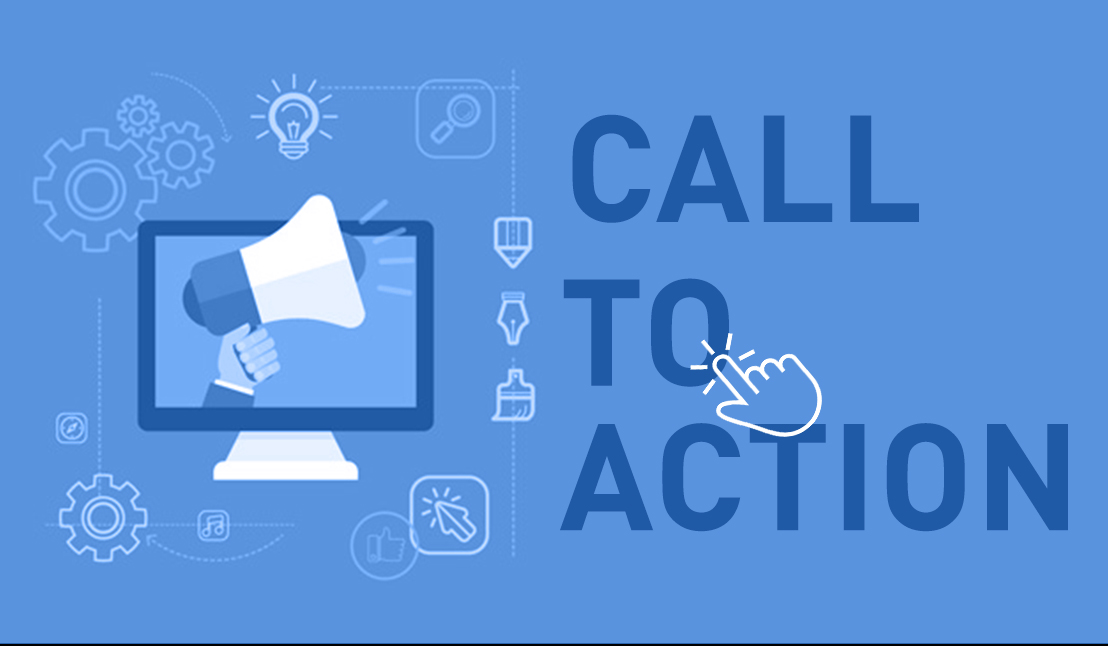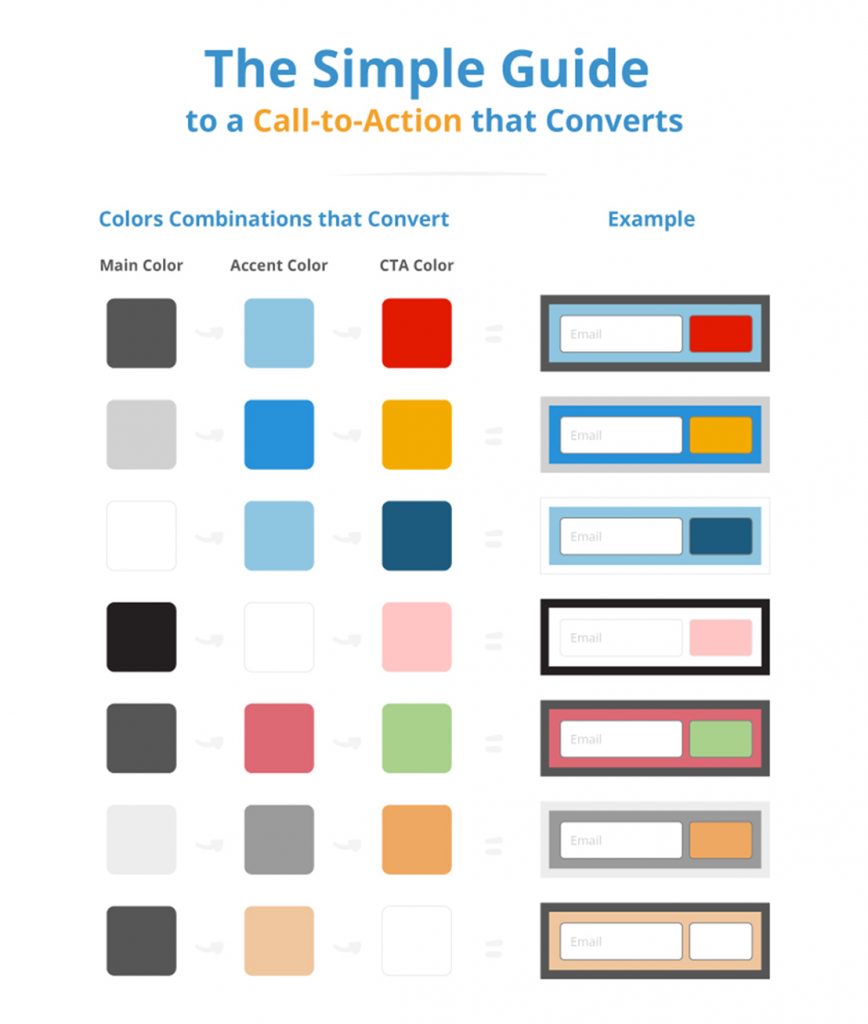 Glossary
Glossary
Why CTAs are important
What is a Call to Action (CTA) and why is it important?
A Call to Action (CTA) is, in a nutshell, a prompt designed to provoke an action from the person who receives it.
In digital marketing strategies, the Call to Action is used so that people complete either one action or a series of actions and know what they should do if they are interested in your offer.
Even though a CTA’s importance does not any more explanation, many companies don’t make the most out of them in their pitches and sales strategies. This happens, almost always, for the following reasons.
- They assume that the prospective client will know what to do if they are interested in an offer.
- They think that Call to Action is something that is very invasive and will scare away potential customers.
Whatever the reason, one thing is certain: not reaping the benefits from Call to Action can cause you to lose potential clients and money. CTAs are absolutely necessary when our goal is to move the prospective customer to the next stage in the conversion funnel.
When to use Call to Action
The most common and obvious reason to use Call to Action is with sales. We all have that incisive “Buy” button etched into our memory. However, CTAs can be used in other moments that have nothing to do with sales.
When your business distributes products for a considerable price, it can take time to prepare a visitor or lead to buy. In this case, CTAs that enable pre-purchase actions are very useful, like: “Get a quote”.
But you can use Call to Action to support a wide variety of marketing goals, such as:
– Creating a mailing list (example: subscribe to our newsletter)
– Growing your community on social media (example: follow us on instagram)
– Lengthening their stay on your website (click here to read more about…)
What words should you use?
Here is a list of most common – and most effective – words to use when creating your CTAs:
Sign up
Subscribe
Donate
Buy
Share
Download
Click here
A very useful technique to ensure that people follow through on your Call to Action, i.e., taking that action immediately, is to add a sense of urgency that creates that feeling of FOMO (Fear Of Missing Out).
For example:
This offer expires at the end of the month.
For a limited time only.
Few in stock left.
Reply before 31 July to get your discount.
How to create a Call to Action
To increase the effectiveness and the response rate of your Calls to Action, think about the following aspects:
– Go for clarity. Don’t assume that people understand or have fully read your content. Make it clear to customers what the next step is.
– Place a CTA everywhere you can: without losing your sanity, of course, but make sure that each of your pages, adverts, offers contain at least one easily identifiable Call to Action.
– Embrace simplicity: don’t build a whole labyrinth and don’t give people too many options. Focus on results. Each Call to Action should be linked to your marketing plan and part of your conversion funnel.

Measure results
As with all marketing strategies, you should analyse what works and what doesn’t, and when it’s not to do with CTAs, are your leads taking the next step in your conversion funnel, or do they stay, stalled? How many people arrive on your page and click the button?
If you think that something is not working, make changes and test out your Calls to Action. See if that changes results.
For example: Which Call to Action do you think is better: “Subscribe now” or “Get free consultation”?



